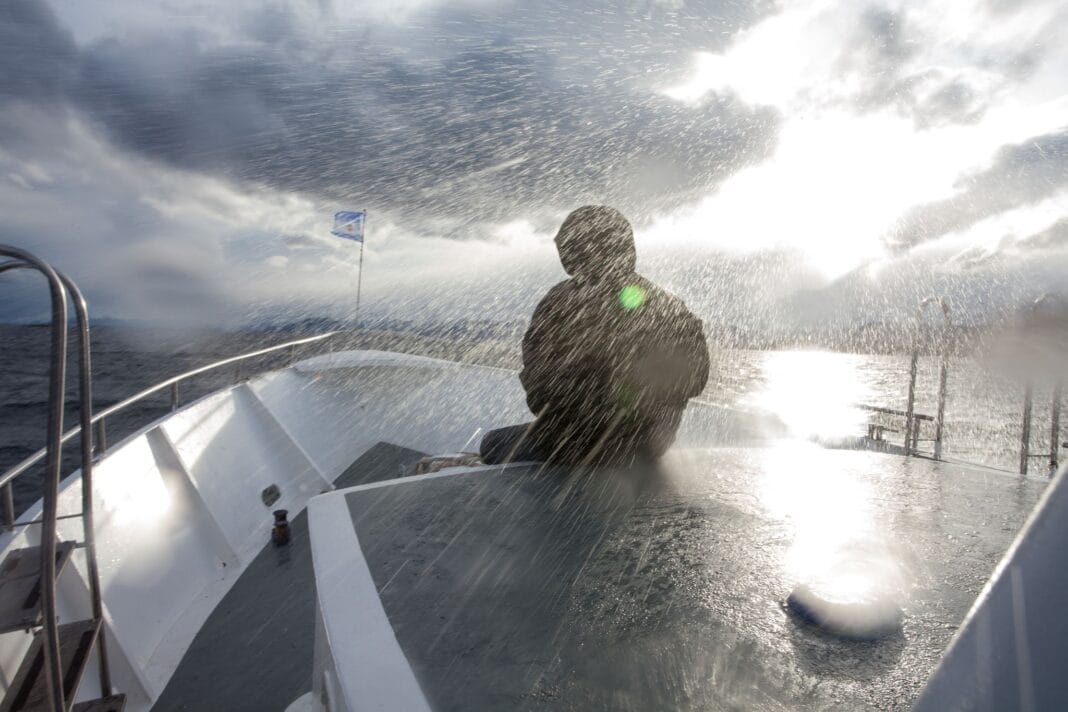Navigating the treacherous waters of rough seas can be an adrenaline-fueled adventure, but it also comes with the constant threat of water entering your vessel.
As a responsible boater, knowing how to swiftly bail water is a crucial skill to keep yourself and your companions safe.
Get ready to ride the waves and learn the essential techniques for effective water bailing in challenging conditions.
Understanding the Critical Role of Bailing Water
In choppy seas, timely water removal is vital for maintaining stability and preventing excess weight from sinking your boat. With crashing waves and splashes constantly threatening to fill your vessel, knowing how to efficiently bail is crucial for staying afloat and in control.
Equip Yourself with the Right Tools
Before embarking on your aquatic journey, make sure you have all the necessary equipment for bailing water:
Bailer or Bilge Pump
A specialized bailer or bilge pump designed for quick and efficient water removal.
Bucket
In case of emergencies, a sturdy bucket with a secure handle can serve as a makeshift bailer.
Sponges and Towels
Keep absorbent materials on hand to soak up any stray drops in tight spaces.
Ensure Unobstructed Scuppers
Make sure the scuppers (drain holes) in your boat are clear to allow smooth drainage of any accumulating water.
Effective Techniques for Swift Water Bailing
In rough waters, composure is key as you carefully monitor and adjust the throttle to maintain balance. Every leak must be quickly identified and sealed with tools like a bilge pump or sponges.
Safety comes first, so keep your crew together and don’t forget life jackets. With skill and teamwork, the battle against the elements can be won.
Stay Calm and Assess the Situation
Maintaining composure is crucial in rough seas. Take a moment to assess the amount of water in your boat and its source before taking action.
Adjust Your Boat Speed
Slow down, but don’t come to a complete stop. Stopping abruptly can cause the water to shift and potentially capsize your boat. Maintain enough speed to keep the bow pointed forward without taking on more water.
Identify and Address Leaks
Conduct a thorough check for any openings or leaks that may be allowing water into your vessel. Quickly plug these gaps before starting the bailing process.
Utilize a Dedicated Bilge Pump
If available, utilize a bilge pump for efficient water removal. Place it in the lowest point of your boat and direct the hose overboard for maximum effectiveness.
Manual Bailing with a Bailer or Bucket
Dip the bailer or bucket into the water and lift it overboard to release. Repeat in a continuous motion, focusing on areas with the most water accumulation.
Sponges for Confined Spaces
When facing the narrow and elusive corners of your vessel, arm yourself with sponges or towels. These humble tools become your trusted allies, soaking up and banishing every defiant drop from those hard-to-reach spaces.
Team Effort
Rally your passengers or crew into a formidable team, transforming the task of bailing into a symphony of coordinated effort. Together, you’ll stand stronger and work faster against the aquatic onslaught.
Prioritize Safety Gear
Amidst this gallant effort, never forget the shield of life jackets for all on board, and keep extra flotation devices at the ready.
Essential Measures for Safe Boating
Cruise with confidence and safety by regularly inspecting for leaks, braving unpredictable weather conditions, securing all hatches, and establishing an efficient emergency plan with assigned roles in case of water ingress.
Regular Maintenance
Inspect your vessel regularly, checking for any signs of wear and tear that could lead to potential leaks. Don’t delay in addressing any issues to avoid being caught off guard out at sea.
Weather Preparedness
Before setting sail, always check weather forecasts and plan accordingly. Knowing what conditions to expect will give you an edge in navigating rough waters.
Secure Your Ship
Make sure all hatches and openings are tightly sealed while underway to prevent water from entering your boat.
Emergency Plan
In case of water ingress, have a well-defined emergency plan in place with your crew. Assign roles and responsibilities to ensure quick and efficient action.
Final Thoughts
Battling the elements and bailing water from your boat may seem daunting, but with proper preparation and techniques, you can conquer even the roughest seas.
So set sail confidently and make unforgettable memories on your boating adventures!


